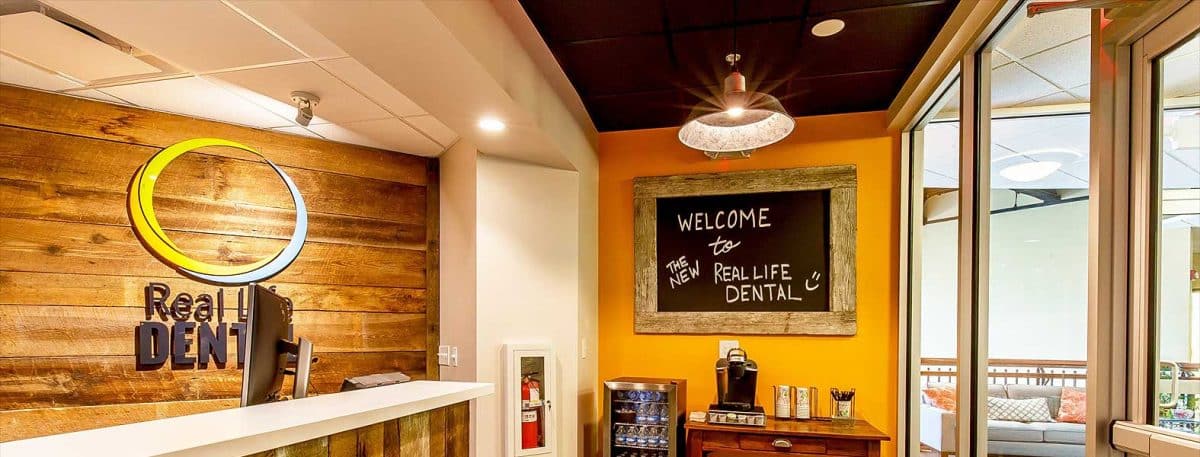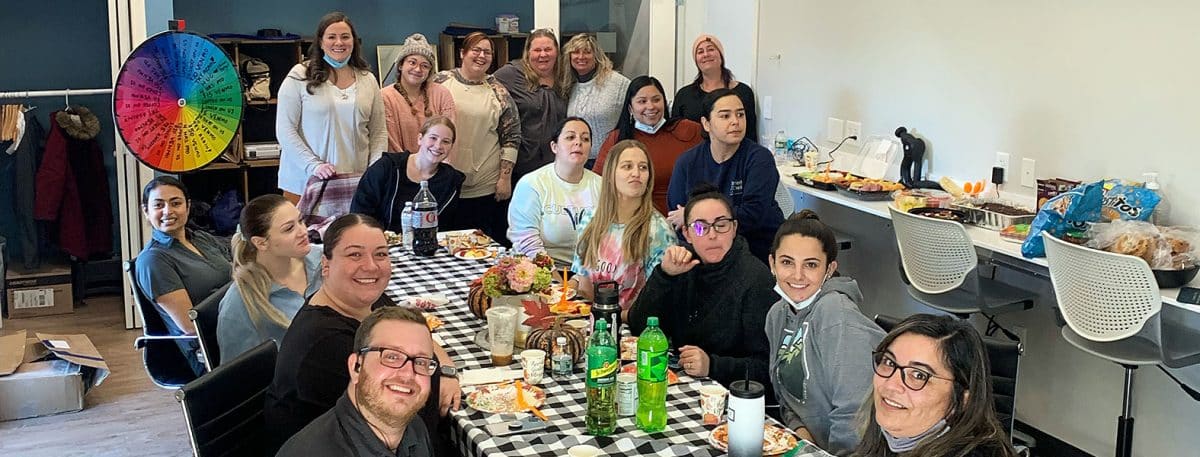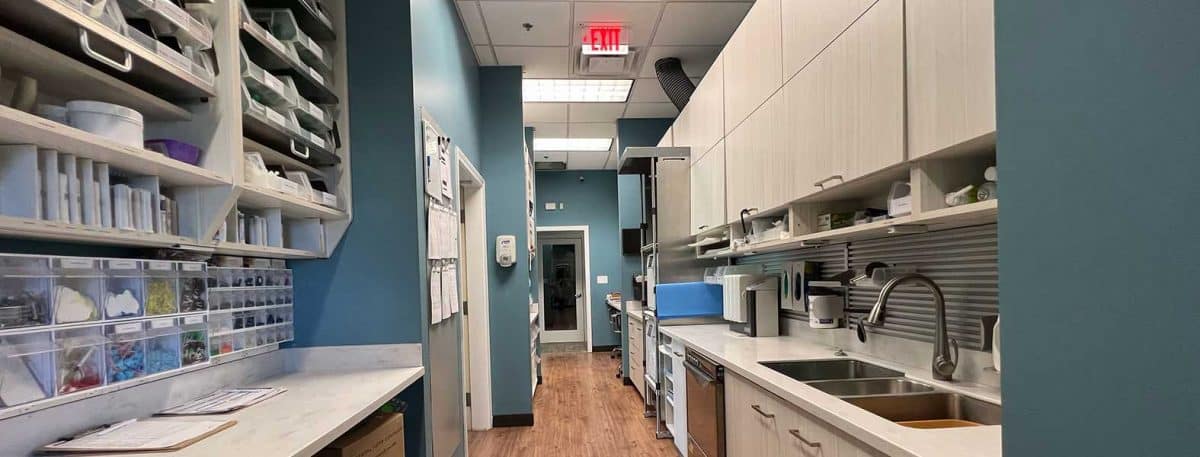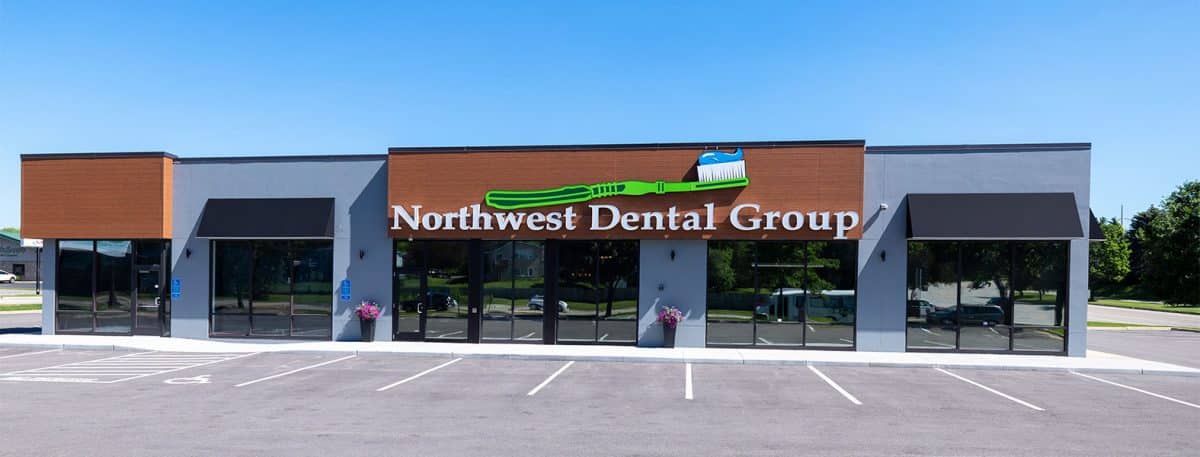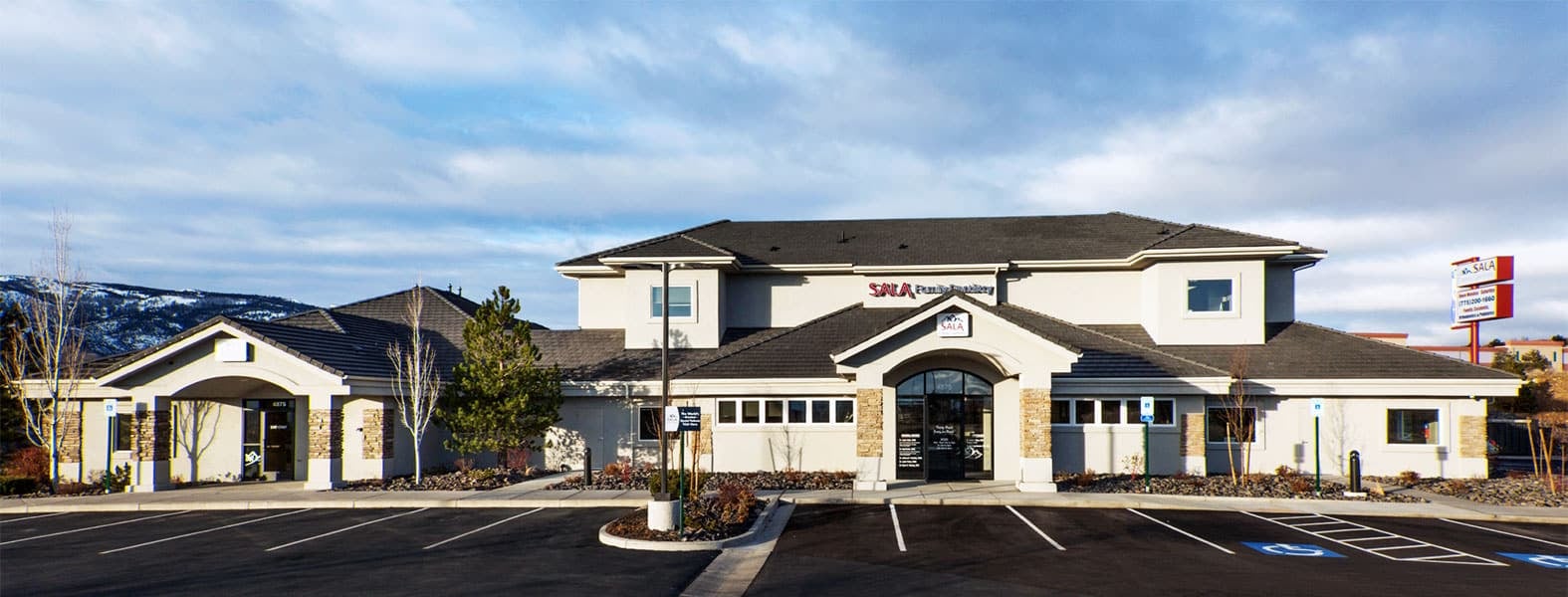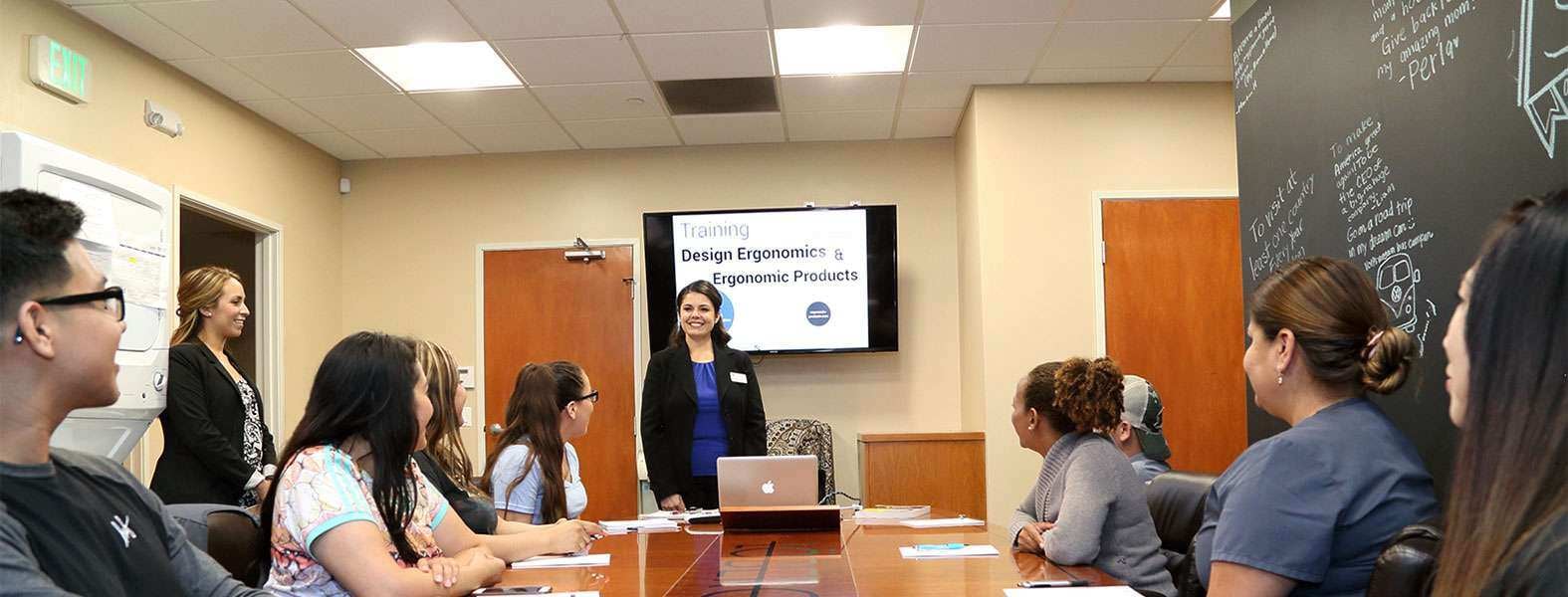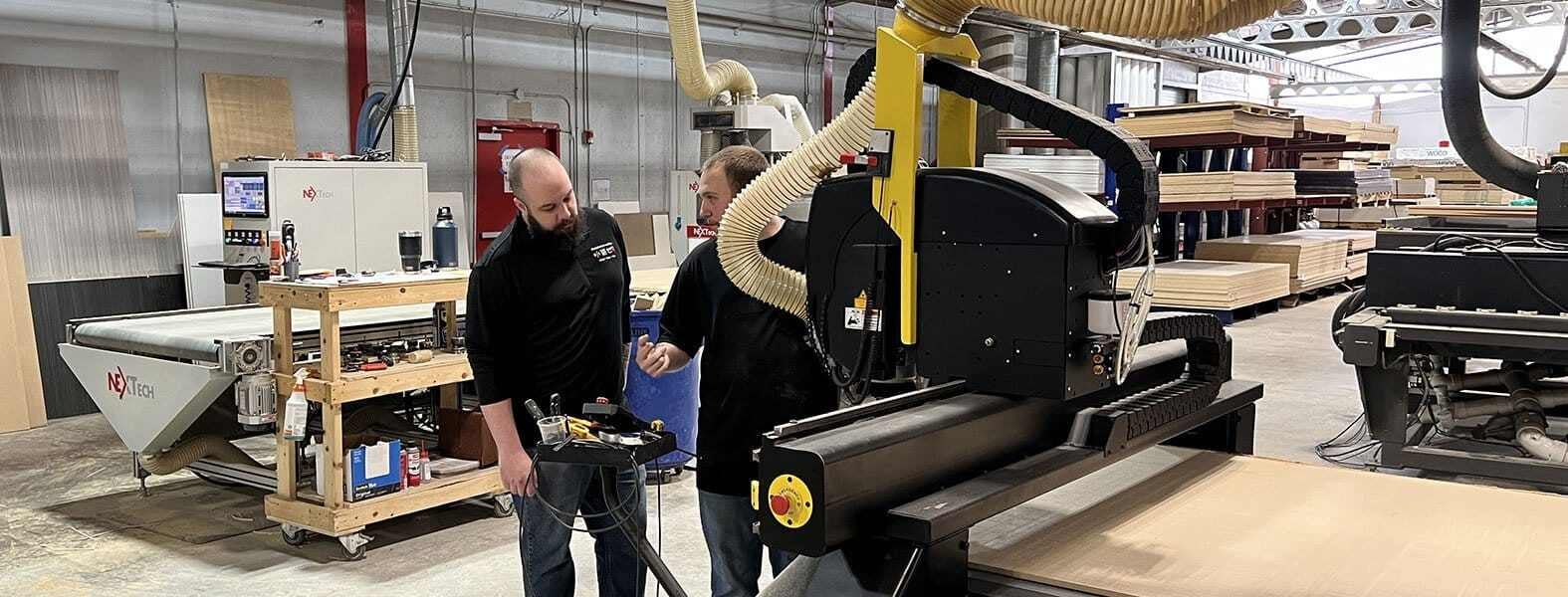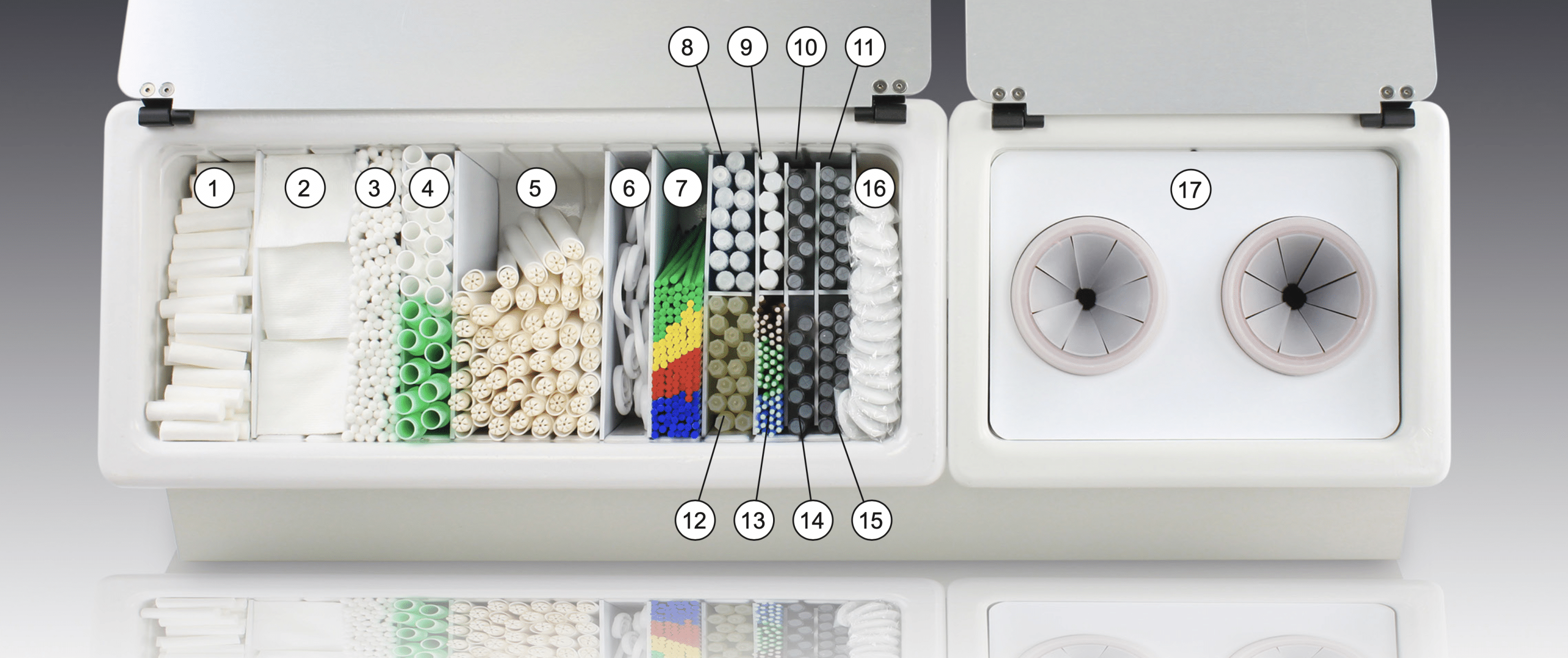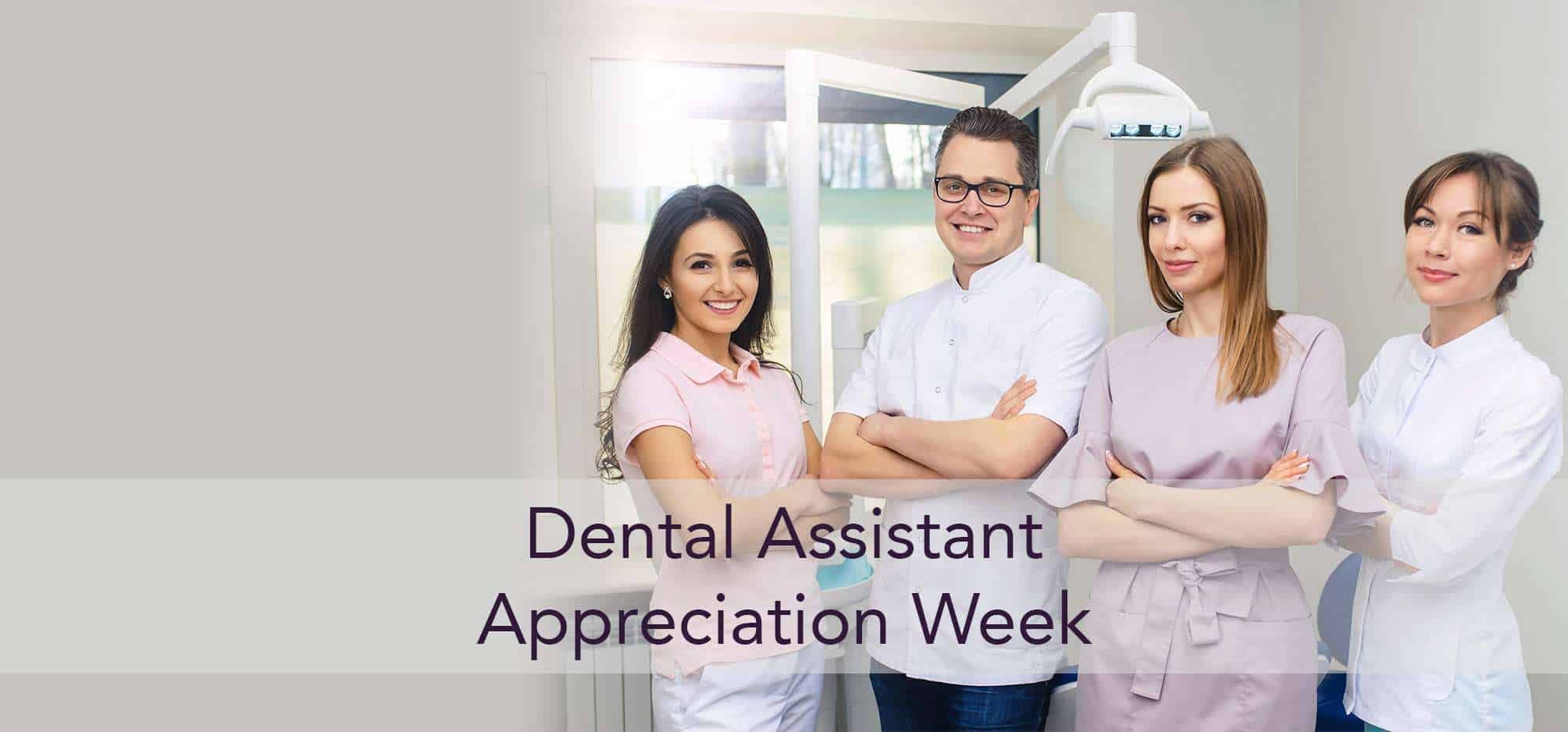What Does A Happy Dentist Look Like?
October 28th, 2020
3 min. read
Aristotle said, “Happiness is the meaning and the purpose of life, the whole aim and end of human existence.”
In researching this blog, I Google’d, “what does a happy dentist look like?” I’m not sure why I did that. Maybe, I was literally looking for a picture of a happy dentist. I don’t know. The experts say, dentists need to maintain a healthy work-life balance.” The struggle is real! The work-life teeter totter is not going to magically balance itself. Sure, this all sounds great in theory but how is it possible?
Whenever I see “Dentist” and “Standardization” used in the same sentence, I perk up like a puppy hearing the word, “treat”. Dr. Sigrid Hader, PhD contributed to the Brain Floss blog by submitting, “Could Standardization Make You a Happier Dentist?” It’s a good article. Dr. Hader asks, “Which of your daily tasks do you really love, and how much time do you spend on them?” In order to do more of what you love (and I have to believe that doing dentistry is one of them), then you need to consider standardization.
Lean is a methodology of creating more value for customers (patients) by maximizing resources and eliminating or significantly reducing waste. Remember those 8 Types of Waste in a blog I posted last year? D-O-W-N-T-I-M-E
D - Defects
O - Overproduction
W - Waiting
N - Non-Utilized People
T - Transport
I - inventory
M - Motion
E - extra or over processing
I wonder if you have ever run into these situations or rather how many times have you run into these situations:
- Patient arrives for a crown delivery and the crown has not come back from the lab.
- Patient arrives for a crown delivery and the crown does not fit.
- Your dental assistant does not have what you need during the procedure.
- You have entered the pulp and need to start a root canal but it takes 10-15 minutes to set up.
- Your back hurts
- You hired someone to clean dental instruments.
- You have four hundred 25 gauge long needles and that hygienist who had to have them no longer works for you.
- Hygiene bags are made in advance.
I can’t imagine you’re “happy” when things like that happen. So, let me go back to this blog’s original thought. What does a happy dentist look like?
Standardization Equals Predictable Outcomes
Quality as defined in patient care should include predictable outcomes. To ensure quality, standards must be in place. Don’t pull the wrong tooth Doc! Let’s face it - things like that happen all the time but they are considerably less likely or impossible to happen when standards are in place.
Dental practice standards go beyond that of patient care and should be instituted in all departments of your practice from a management standpoint. Defined, “Standardization is the process by which a company makes its methods and processes uniform throughout its organization.” Some examples of standardization in a dental practice might include procedure set ups, sterilization process, inputting patient insurance data into practice management software. An insurance claim is rejected. Why? - Because the wrong birth date was entered into the software. Think about that for a second. Patient filled out paperwork correctly. Your admin entered the wrong birthday which means, at minimum, you will not see payment for that service for 60 days or more. Imagine if your admin got paid based on accuracy of work. Would he or she write out every step in the process and double check their work? Heck yes! It’s easier to manage work if standard operating procedures are in place.
The hardest part about creating standards is they must be simple enough for EVERYONE to understand. This is not a one-size fits all. It takes work. Good news is, I’ve been helping practices all over North America create them. As lead clinical trainer with Reboot Practice Productivity Training, I do not create these standards for you. I create them with you and your entire clinical team. A lean culture encourages the development of systems by those who are actually doing the work. It’s believing that people want to do their best work.
A happy dentist provides exceptional care to his/her patients. A happy dentist is not replacing staff frequently. A happy dentist is charitable. A happy dentist is growing his/her business. A happy dentist is improving processes rather than constantly rewriting them. A happy dentist smiles!
Do what makes you happy. If you’re not happy doing it, improve it or stop doing it altogether. If doing dentistry makes you happy, then do dentistry. When things go right, you start to enjoy work, have more time to spend with kids, you have more focus, more clarity and less stress. Less stress means healthier lives.
With over three decades of expertise in cosmetic and restorative dentistry, Dr. David Ahearn is a nationally recognized leader, educator, and innovator. His passion for cutting-edge technology and exceptional patient care is the driving force behind everything we do. As the founder of Design Ergonomics and Ergonomic Products, Dr. Ahearn has dedicated his career to designing, equipping, and training North America's most efficient and productive dental offices. His proven strategies help hundreds of practices reduce stress, boost productivity, and build sustainable, scalable growth each year. A speaker and educator, Dr. Ahearn continues to shape the future of dentistry, empowering thousands of dentists to transform their practices, improve the quality of life for their teams and families, and deliver outstanding care to their communities.
Topics:



